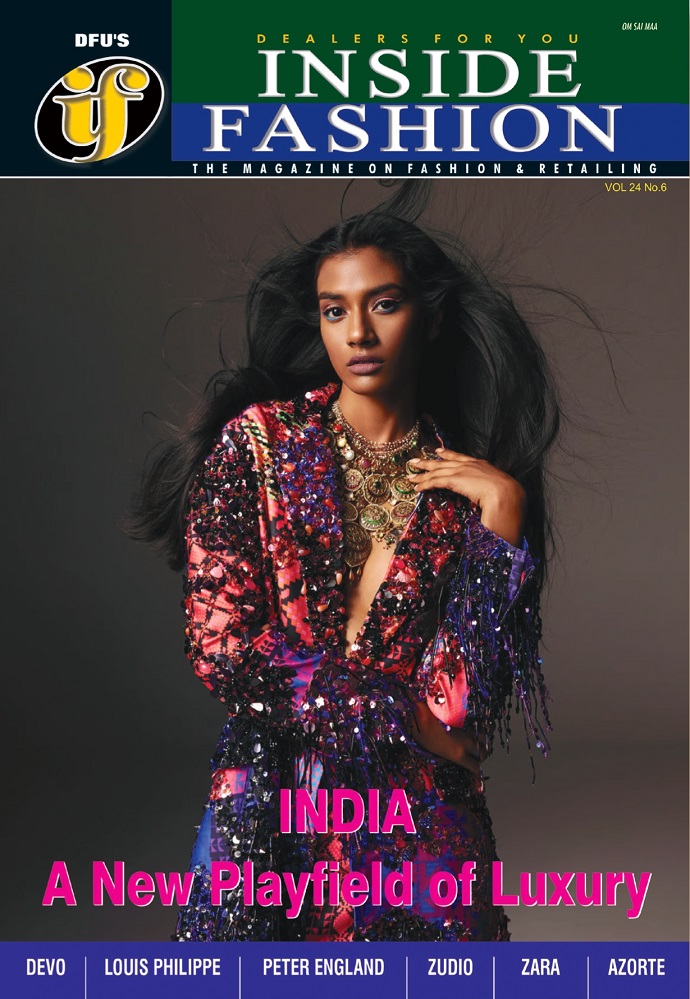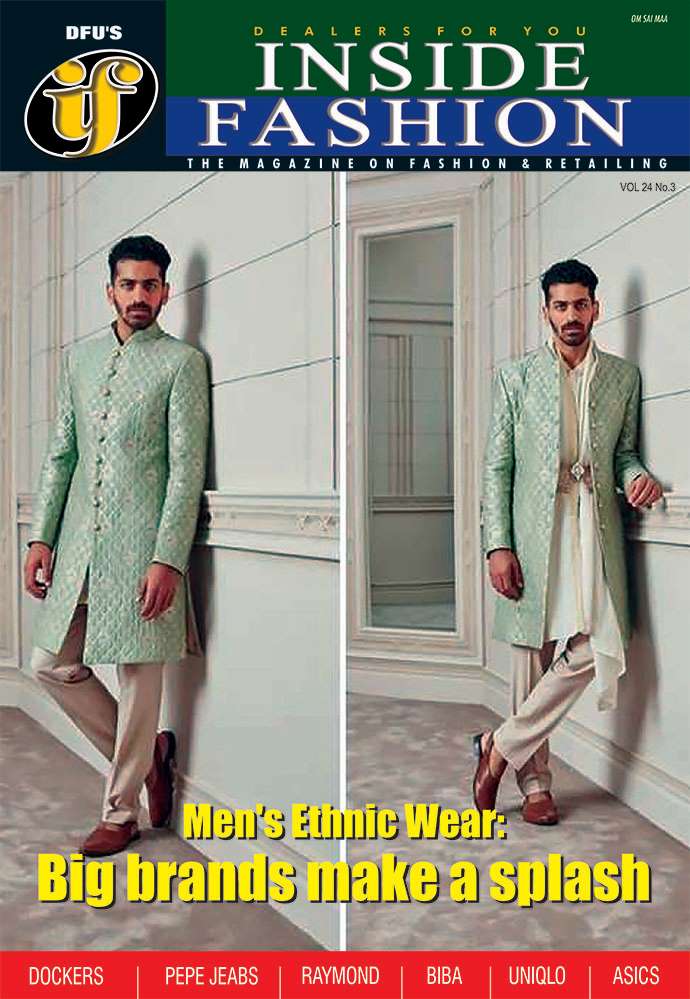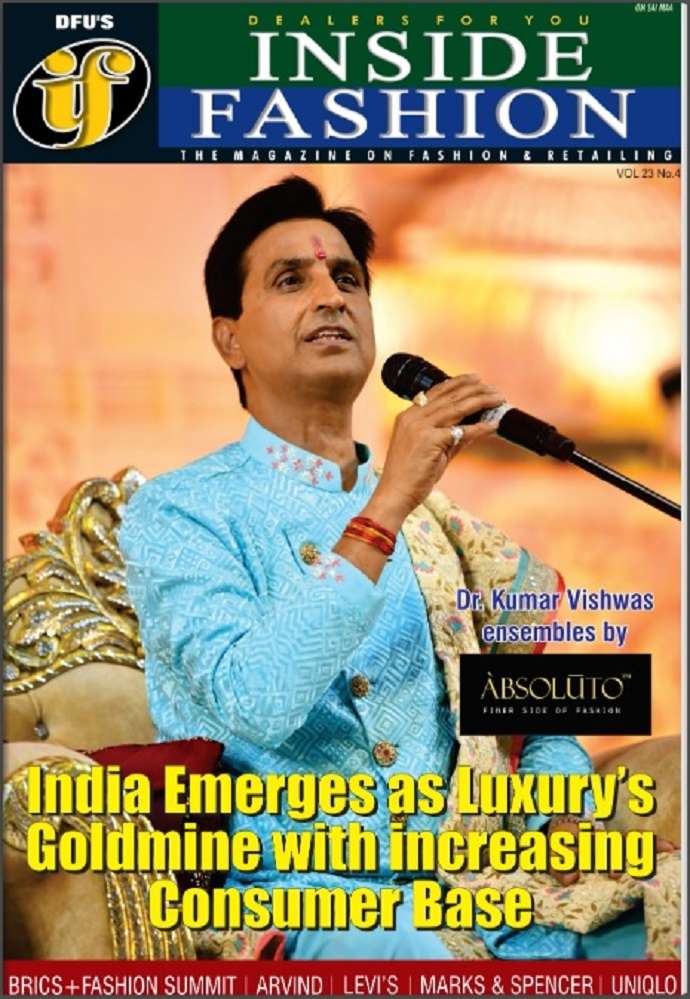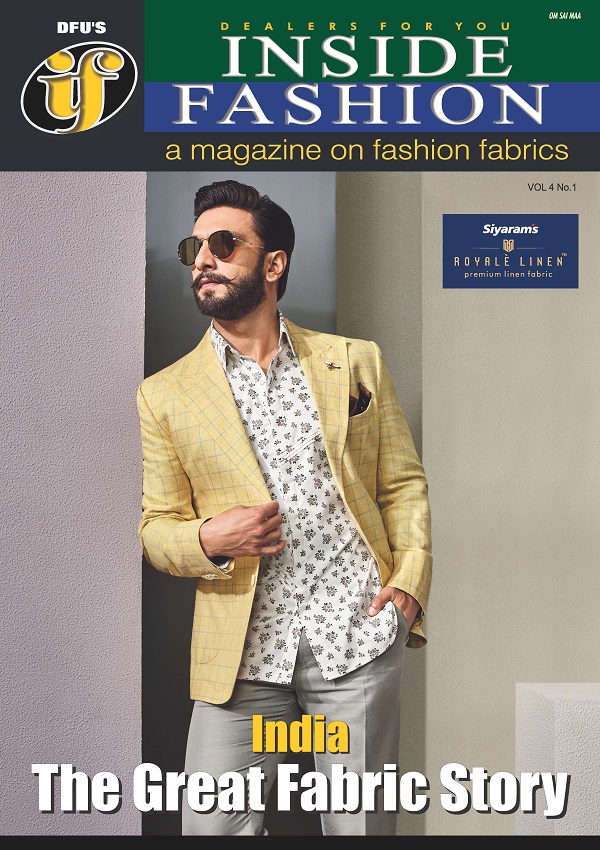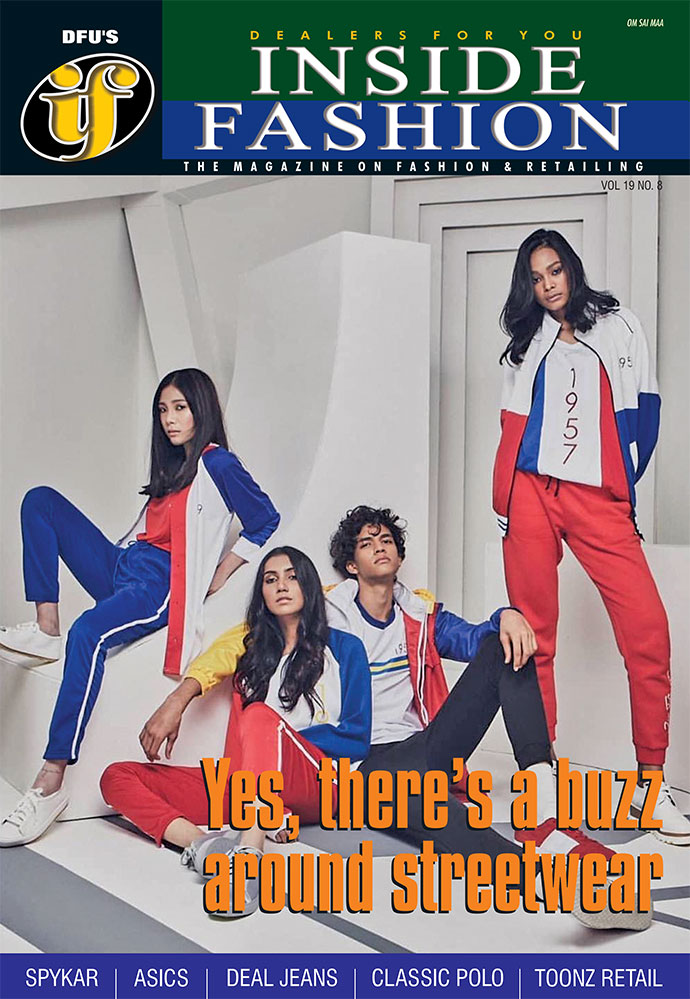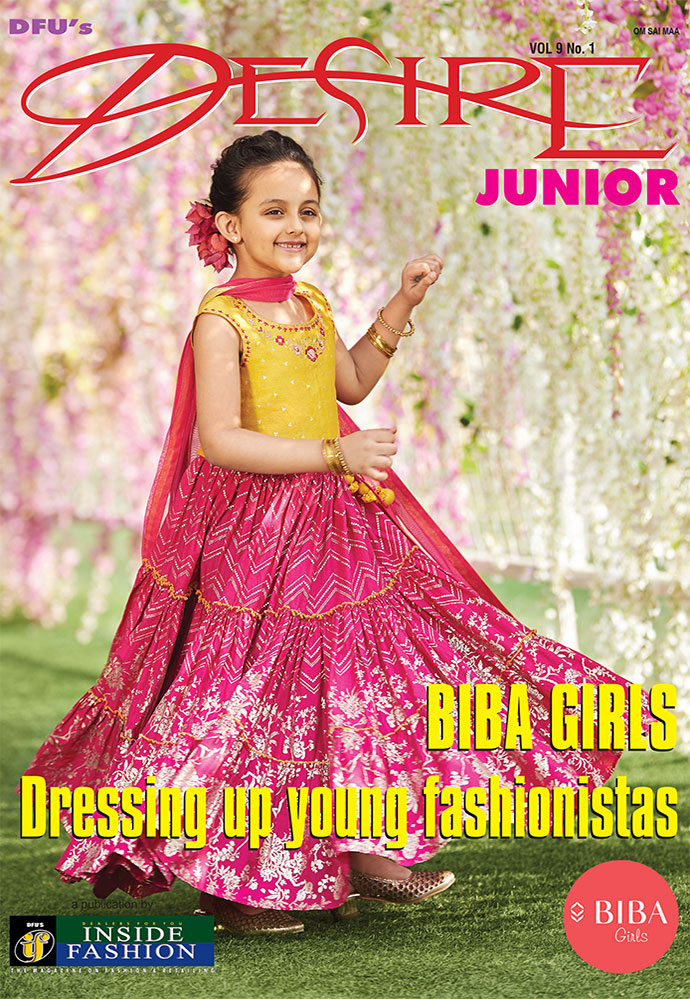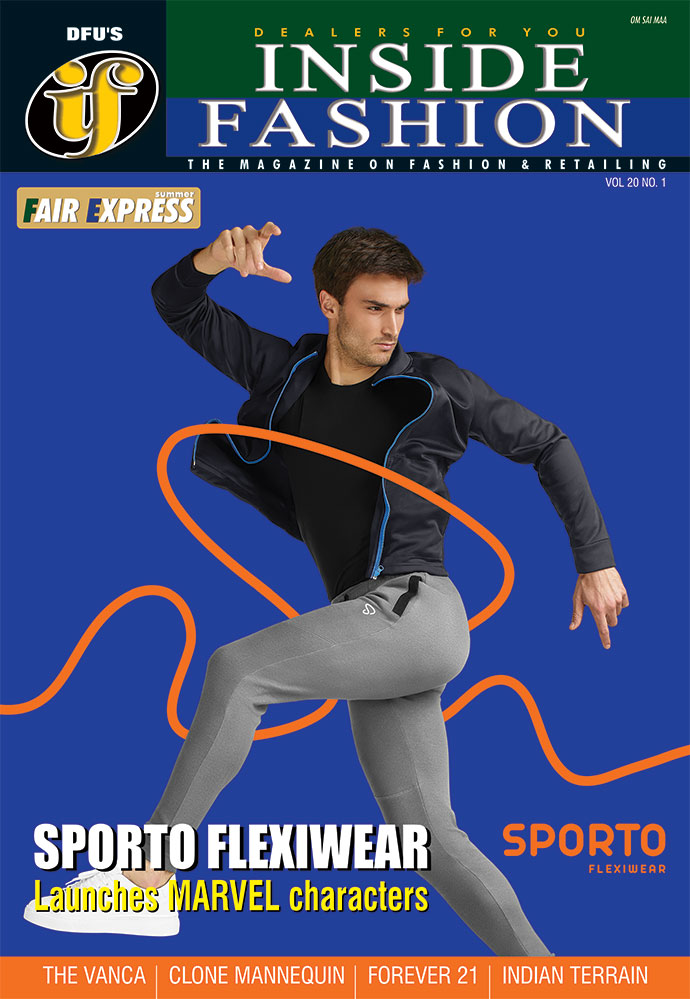India's Growing Presence in Global Fashion: A BRICS+ perspective
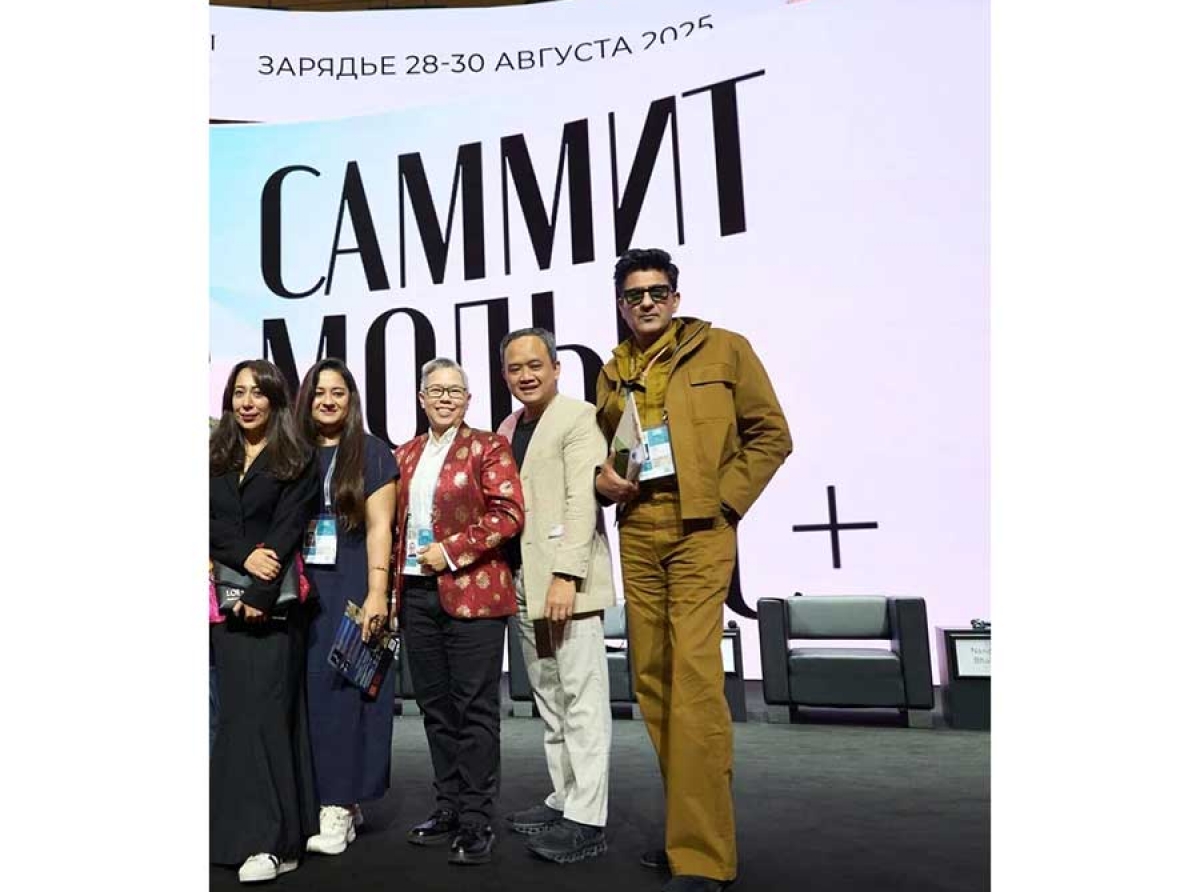
11 September 2025, Mumbai
India is no longer just a source of traditional textiles; it's a dynamic force actively shaping the future of global fashion. Its prominent role at the BRICS+ Fashion Summit held in Moscow ( August 28-September 02, 2025) demonstrated a unique blend of ancient craftsmanship, technological foresight, and a powerful, young consumer market.
Read our latest issue
This new era positions India as a vital "bridge between the East and West," a phrase coined by Nandini Bhalla, Editor-in-Chief of The Word. Magazine, to describe its strategic cultural and economic position.
Tradition and Technology in tandem
India’s fashion narrative is a tale of two parallel forces: a profound reverence for its heritage and an unblinking embrace of technology.
The nation's market is remarkably young, with 65% of consumers under 35, many of whom are actively engaged on social media. This demographic fuels rapid growth and offers a direct channel for brands to reach their audience.
However, as Nandini Bhalla highlighted, this forward-looking market is deeply proud of its cultural heritage and traditional crafts.
This fusion of old and new is not just a creative choice—it's a viable business model. The summit noted successful collaborations like Prada distributing products from Indian artisans, a powerful example of how global luxury brands are recognizing and leveraging India’s unique artisanal skills.
Further solidifying this dual approach, Akashdeep Singh, President of the Indian Business Council, shared a critical perspective on technology. During the "Creative Originality vs. AI" session, he advocated for a "collaboration between Art and AI," where technology serves as a powerful tool to enhance, rather than replace, human creativity.
This vision of harmonious integration is central to India's strategy.
Sustainability: Woven into the ‘Cultural Code’
Sustainability in India is not a new trend; it’s a deeply ingrained cultural practice. Bhalla shared a powerful anecdote: "Our parents, grandparents, and great-grandparents never throw anything away – they mend torn clothes and pass them to younger generations." This philosophy of reuse and longevity is a core tenet of the nation's identity.
This cultural principle is now backed by governmental policy, with the Indian government prioritizing environmentally sustainable economic growth. This commitment to eco-friendly production, including the revival of natural dyes and a focus on water conservation, positions India as a global leader in ethical fashion. This was further demonstrated by Namrata Zakaria, Founder of Rolla Media (India), who moderated the "Closed-Loop Fashion" session, showcasing the country’s leadership in advocating for a circular fashion economy on an international stage.
Fashion Diplomacy: From couture to commerce
India's participation in the BRICS+ Summit was a masterclass in fashion diplomacy. The debut of Shantnu & Nikhil at Moscow Fashion Week with their 'Armouré' collection was a major highlight. This strategic showcase, facilitated by the Fashion Design Council of India (FDCI), signaled that Indian couture is a serious contender on the world stage.
This engagement is part of a broader economic strategy. As Anton Alikhanov, Minister of Industry and Trade of the Russian Federation, stated, India and China are vital partners for building "long-term economic relationships." By using fashion as a "soft power," India is creating a bridge for dialogue and commerce.
This commitment to international collaboration extends to education. Antonio Maurizio Grioli, Dean of Fashion at Pearl Academy (India), highlighted a key shift in the country’s educational policy. He explained that a new model dedicates 80% of curricula to core fashion knowledge, with the rest focusing on life skills and technology. This approach ensures that future generations of Indian designers are not only creatively skilled but also equipped to navigate the complex, interconnected global business of fashion.
The Role of BRICS+ Fashion Summit
India's presence at the BRICS+ Fashion Summit underscores its multi-faceted contribution to the industry—a mix of cultural pride, commercial savvy, and a sustainable vision for the future. The event enables Indian fashion to expand its global reach by fostering long-term economic relationships, particularly with Russia and China. Indian representatives highlighted their unique ability to fuse traditional crafts with modern design, a model that resonates with other BRICS+ nations. The summit serves as a crucial forum for technological partnerships, cultural exchange, and providing Indian brands with access to new international markets. As the industry shifts towards valuing cultural identity and sustainability, India's presence at this intersection makes it a formidable force in the evolving global fashion landscape.
Latest Publications






